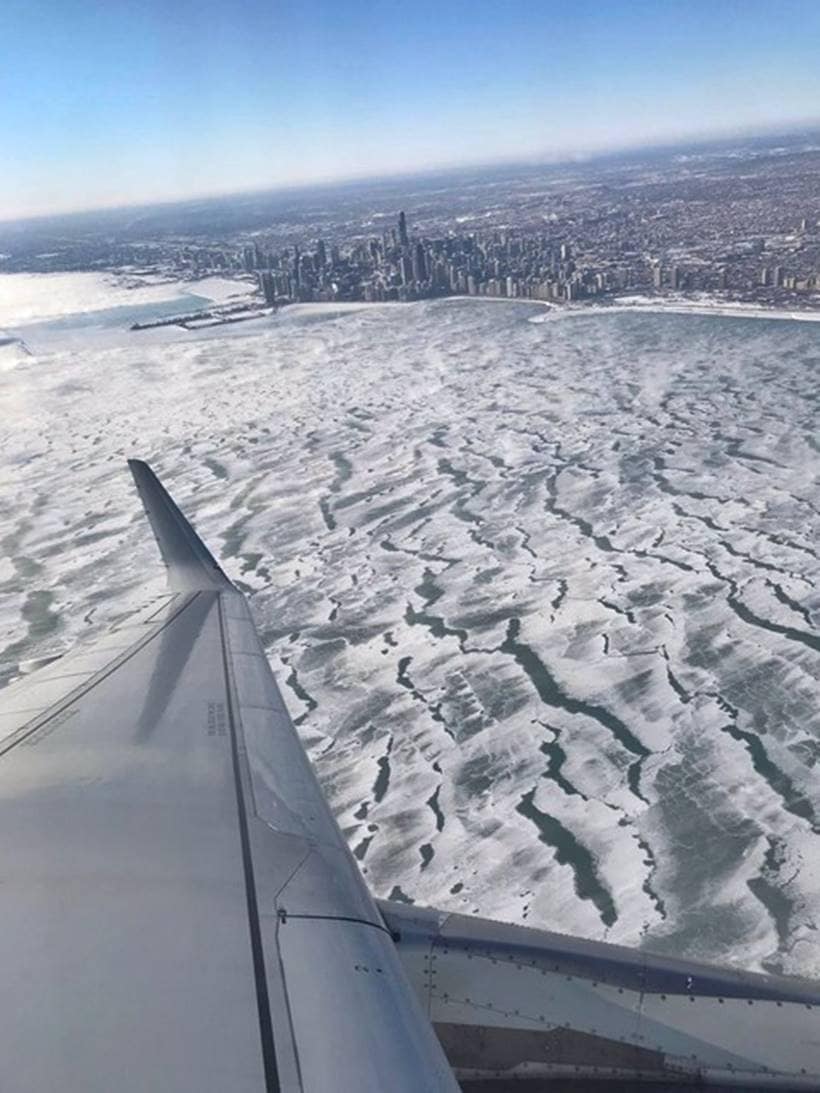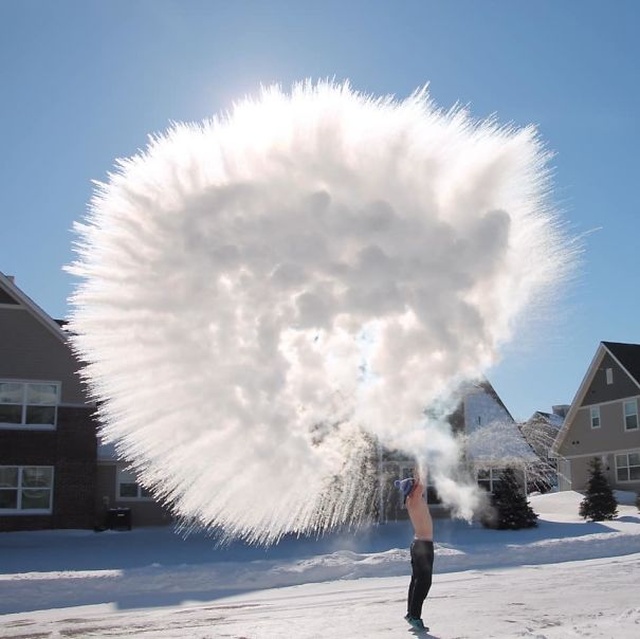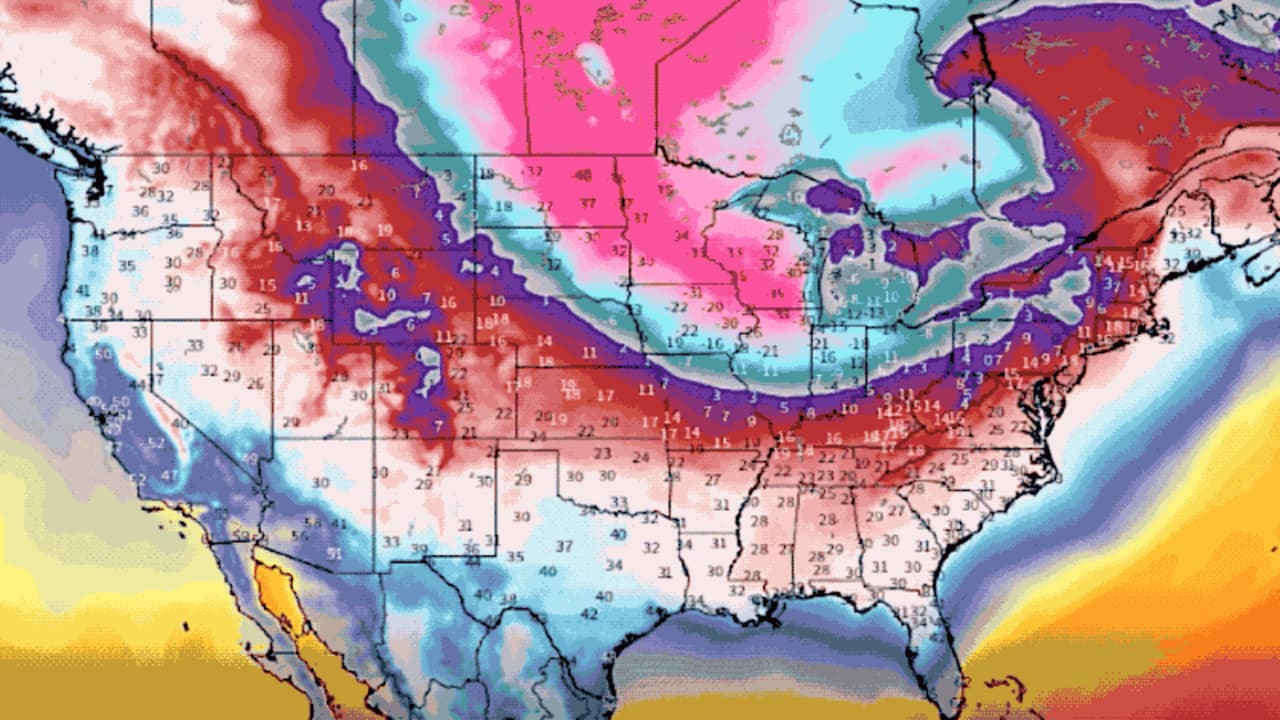

Have more photos to share? Email us: or tweet at or of the photos we found are quite beautiful, like this one of a halo surrounding the sun in the early morning outside West Union, Iowa. To get a better understanding of what it’s like to be that cold, we crawled the photo wires, and asked readers to submit images of what the 2019 polar vortex looks like. Polar vortex expert Amy Butler and Arctic expert James Overland offer perspectives on the February cold snap in the southern U.S., the polar vortex. The forecast continues: “This is not a case of ‘meh, it’s Iowa during winter and this cold happens.’ These are record-breaking cold air temperatures, with wind chill values not seen in the 21st century in Iowa.” “This is the coldest air many of us will have ever experienced,” warns the Des Moines office of the National Weather Service. The daytime high is forecast to be a frigid -19☏. This is life in the polar vortex, which has descended from the Arctic down into the Midwestern United States this week, bringing record cold and wind chills to the region.įargo, North Dakota, for example, experienced temperatures of minus 31 degrees Fahrenheit on Wednesday. During January 29 through January 31, 2019, Wisconsin experienced a polar vortex bringing arctic cold air down into the Midwestern portion of the United States. It’s a temperature comparable to the weather on Mars.
#Polar vortex 2019 usa skin#
Combined with wind, this kind of cold causes frostbite to set in on exposed skin in just minutes. At -20☏ vodka freezes and boiling water will instantly turn to snow if thrown in the air. The February 2021 North American cold wave was an extreme weather event that brought record low temperatures to a significant portion of Canada, the United States and parts of northern Mexico during the first half of February 2021. That’s much, much colder than the temperature the standard home freezer keeps food at (which is around zero).


Snow started to fall and accumulate.It’s hard to comprehend temperatures of minus 20 degrees Fahrenheit. The low temperature the night before fell to just 8 degrees, and then it only rose to 18 on Feb. In Raleigh, the worst of the cold started Feb. To finish off the cold snap, a final snow storm moved across the central and eastern United States which developed "into one of the most intense blizzards ever to affect the Gulf and East Coasts." The extreme cold killed more than 100 people and destroyed numerous crops and livestock. Tallahassee fell to -2 degrees (which remains the coldest temperature ever recorded in Florida) and Atlanta saw its record low of -9 degrees. To date, the lowest ever recorded temperature in many cities was set during this cold snap in 1899.

Temperatures fell as much as 2550 ☏ (14-28 ☌) below average as far south as the Gulf Coast. But it’s not the only influence out there. It was described in a 1988 academic article as "a benchmark with which to compare similar events." The cold was caused by a southern migration of the polar vortex, likely caused by a sudden stratospheric warming event that occurred the prior month. A disrupted polar vortex tends to have its strongest tropospheric impact over the North Atlantic, which increases the odds for colder conditions across the eastern United States or northern Eurasia. The "Great Arctic Outbreak of February 1899" as it became known, is one of the most widespread cold snaps in recorded history. Seventeen inches of snow fell in Raleigh from Feb.


 0 kommentar(er)
0 kommentar(er)
